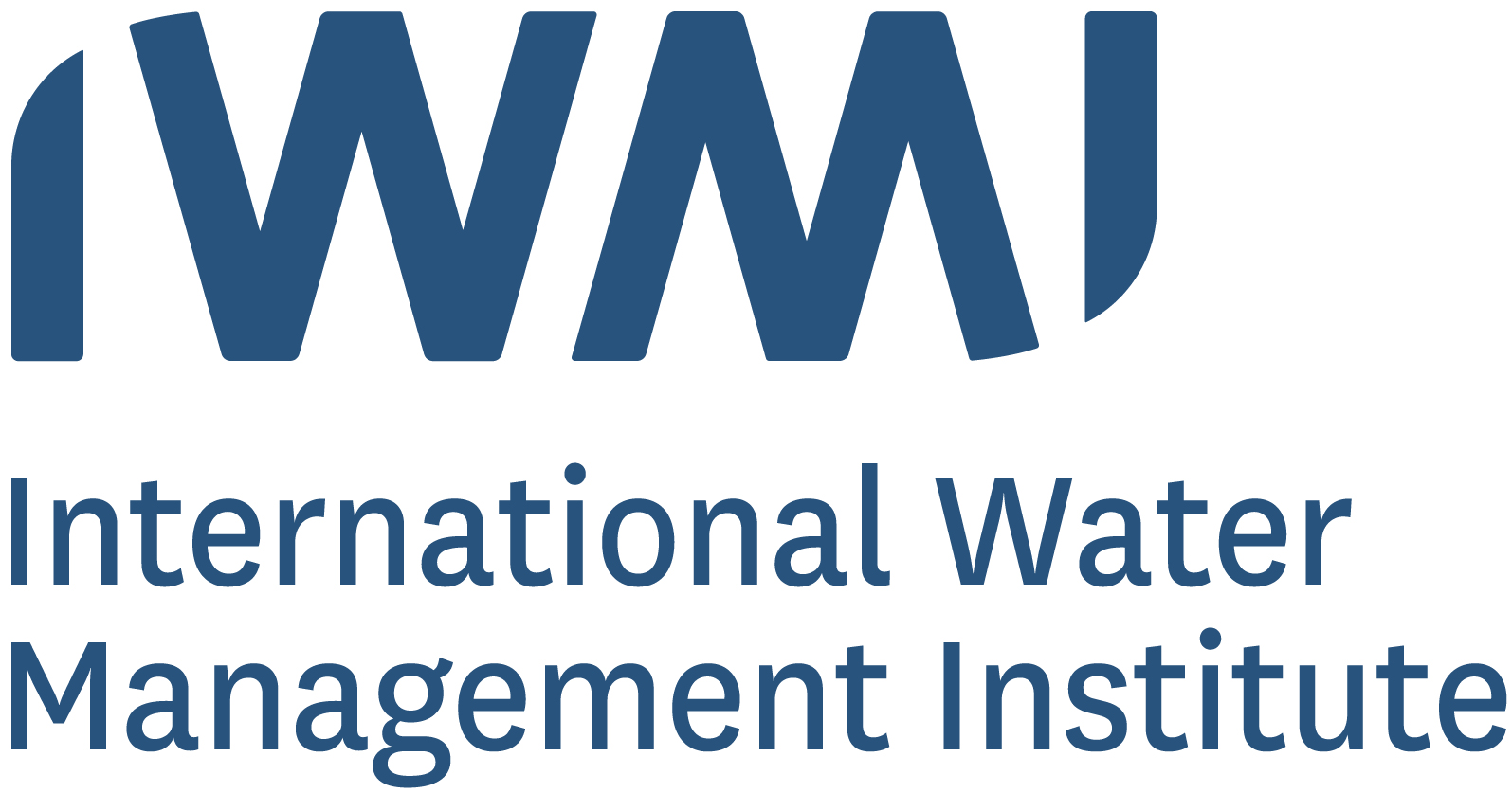Location
The International Water Management Institute (IWMI) is a non-profit, scientific research organization focusing on the sustainable use of water and land resources in developing countries. It is headquartered in Colombo, Sri Lanka, with regional offices across Asia and Africa. IWMI works in partnership with governments, civil society and the private sector to develop scalable agricultural water management solutions that have a real impact on poverty reduction, food security and ecosystem health. IWMI is a member of CGIAR, a global research partnership for a food-secure future.
IWMI’s Mission is to provide evidence-based solutions to sustainably manage water and land resources for food security, people’s livelihoods and the environment.
IWMI’s Vision, as reflected in the Strategy 2014-2018, is ‘a water-secure world’. IWMI targets water and land management challenges faced by poor communities in the developing countries, and through this contributes towards the achievement of the United Nations Millennium Development Goals (MDGs) of reducing poverty and hunger, and maintaining a sustainable environment. These are also the goals of CGIAR.
IWMI works through collaborative research with many partners in the North and South, and targets policymakers, development agencies, individual farmers and private sector organizations.
Resources
Displaying 591 - 595 of 959Integrando de la industria pesquera en el planeamiento y manejo de la irrigacion. In SpanishIntegrating fisheries into irrigation planning and management: protecting and enhancing fisheries in irrigated areas
Policymakers and planners have tended to overlook artisanal fisheries?despite the fact that in rural areas, fisheries often contribute significantly to incomes and diets. An estimated 50 million people in developing countries derive income and food from inland fisheries. In locations as diverse as the Mekong, Amazon and Lake Chad basins, researchers found that rural households typically obtain 10 to 30 percent of their total income from inland fishing. And, particularly for poor households, fish is often the primary source of protein.
Integrando de la industria pesquera en el planeamiento y manejo de la irrigacion. In SpanishIntegrating fisheries into irrigation planning and management: protecting and enhancing fisheries in irrigated areas
Policymakers and planners have tended to overlook artisanal fisheries?despite the fact that in rural areas, fisheries often contribute significantly to incomes and diets. An estimated 50 million people in developing countries derive income and food from inland fisheries. In locations as diverse as the Mekong, Amazon and Lake Chad basins, researchers found that rural households typically obtain 10 to 30 percent of their total income from inland fishing. And, particularly for poor households, fish is often the primary source of protein.
Integrando de la industria pesquera en el planeamiento y manejo de la irrigacion. In SpanishIntegrating fisheries into irrigation planning and management: protecting and enhancing fisheries in irrigated areas
Policymakers and planners have tended to overlook artisanal fisheries?despite the fact that in rural areas, fisheries often contribute significantly to incomes and diets. An estimated 50 million people in developing countries derive income and food from inland fisheries. In locations as diverse as the Mekong, Amazon and Lake Chad basins, researchers found that rural households typically obtain 10 to 30 percent of their total income from inland fishing. And, particularly for poor households, fish is often the primary source of protein.
Integrating fisheries into irrigation planning and management: protecting and enhancing fisheries in irrigated areas
Policymakers and planners have tended to overlook artisanal fisheries?despite the fact that in rural areas, fisheries often contribute significantly to incomes and diets. An estimated 50 million people in developing countries derive income and food from inland fisheries. In locations as diverse as the Mekong, Amazon and Lake Chad basins, researchers found that rural households typically obtain 10 to 30 percent of their total income from inland fishing. And, particularly for poor households, fish is often the primary source of protein.
Integrating fisheries into irrigation planning and management: protecting and enhancing fisheries in irrigated areas
Policymakers and planners have tended to overlook artisanal fisheries?despite the fact that in rural areas, fisheries often contribute significantly to incomes and diets. An estimated 50 million people in developing countries derive income and food from inland fisheries. In locations as diverse as the Mekong, Amazon and Lake Chad basins, researchers found that rural households typically obtain 10 to 30 percent of their total income from inland fishing. And, particularly for poor households, fish is often the primary source of protein.





